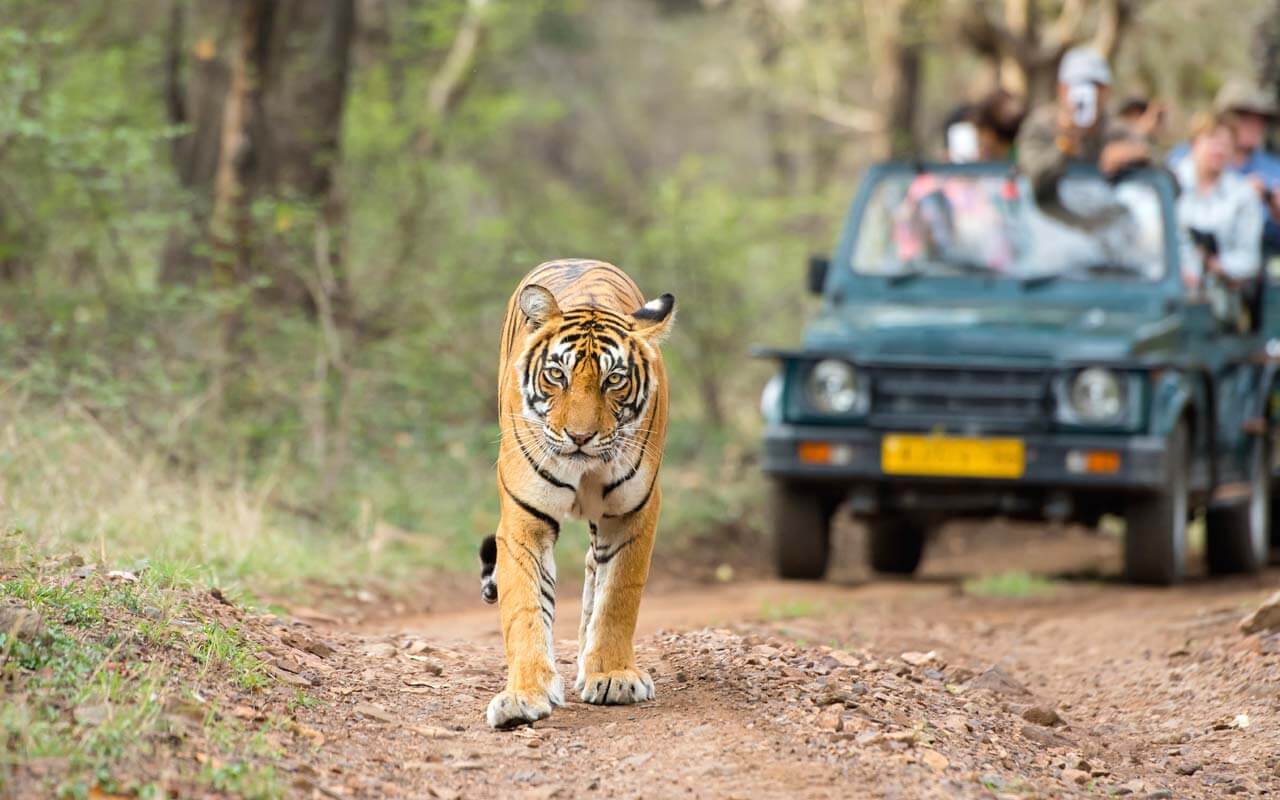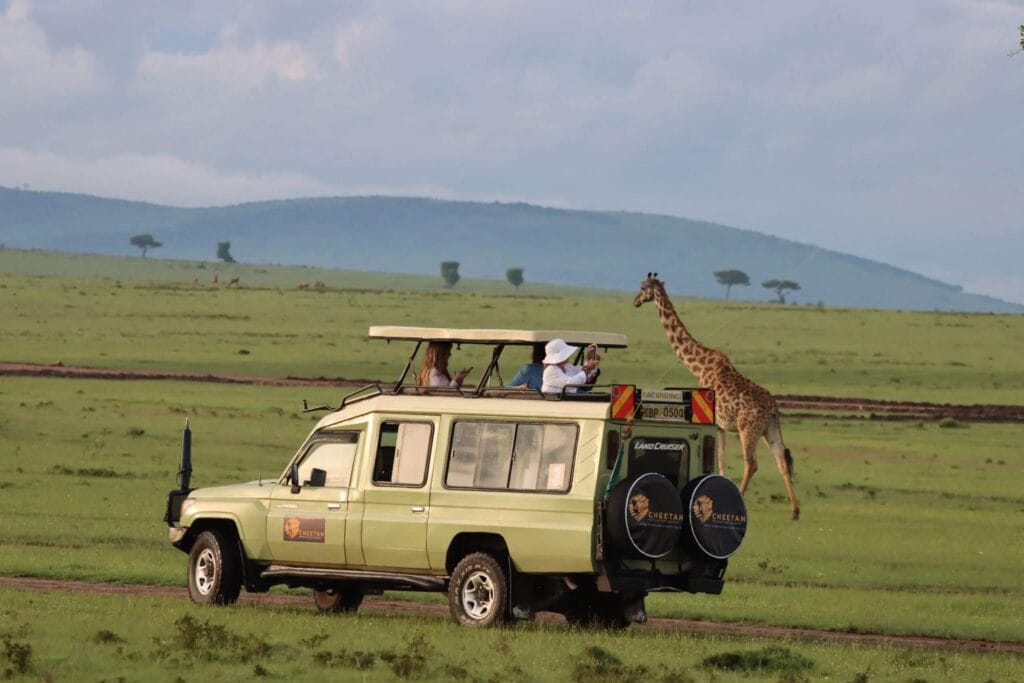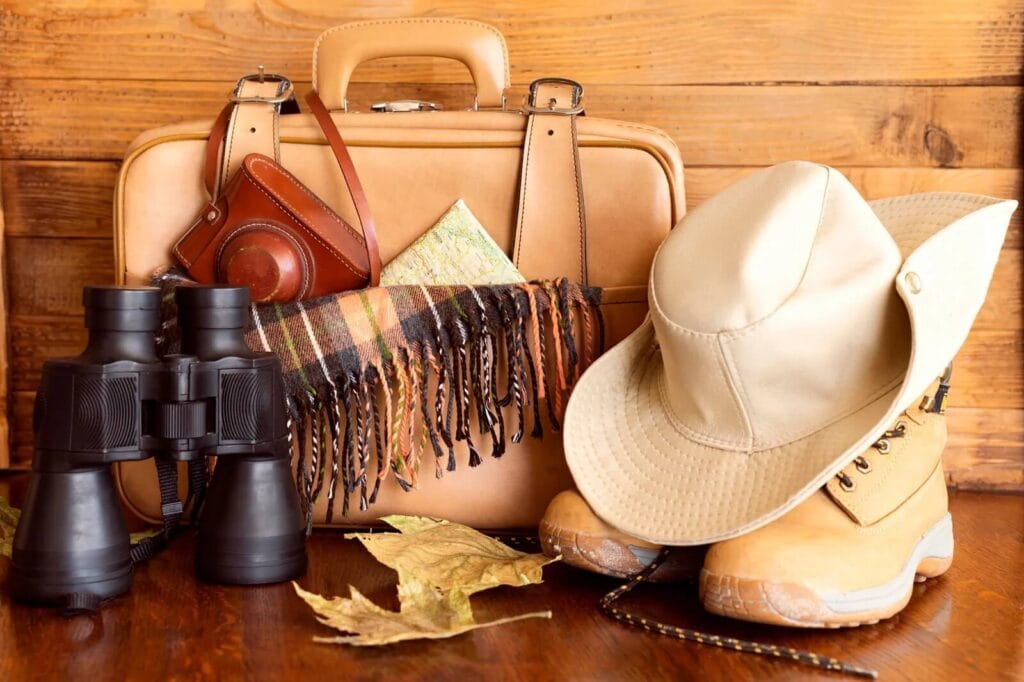Few travel experiences can match the thrill of wildlife safaris an opportunity to step into the heart of nature and witness wild animals in their natural environments.
Whether it’s the roar of a lion at sunrise or a herd of elephants crossing your path at sunset, these encounters are unforgettable. And it’s not just about the animals; safaris also offer dramatic landscapes, immersive cultural moments, and a chance to disconnect from urban life.
Today’s wildlife safaris are more diverse than ever. While Africa remains the undisputed king of safaris, lesser-known regions across Asia and South America are emerging as top contenders, offering unique and sometimes more intimate experiences.
From the vast savannahs of Kenya to the wetlands of Brazil or the dense jungles of India, the world is full of spectacular destinations for safari enthusiasts.
Choosing the right destination depends on what you want to see, your travel style, and the time of year. Some safaris are perfect for spotting the “Big Five,” while others are ideal for birdwatchers or photographers looking for rare species and quiet moments.
Here are seven of the best global destinations for wildlife safaris, each offering a different flavor of wild adventure.
Wildlife Safaris In Africa: Classic Routes You Can’t Miss
Africa is the birthplace of the modern safari and continues to set the standard for wildlife safaris around the world. The continent’s iconic national parks and game reserves are home to some of the planet’s most incredible animals and unforgettable landscapes.
Kenya’s Masai Mara is one of the most famous safari spots, known especially for the Great Migration. Each year, millions of wildebeests, zebras, and gazelles cross the plains in a dramatic journey between Kenya and Tanzania.
Along the way, predators like lions and crocodiles follow closely—making it one of the most thrilling wildlife spectacles on earth.
Neighboring Tanzania boasts the Serengeti National Park and the Ngorongoro Crater, both teeming with the Big Five: lion, leopard, elephant, rhino, and buffalo. These parks offer some of the most consistent and diverse animal sightings on the continent.
Botswana’s Okavango Delta provides a different kind of safari experience. Here, travelers explore wetlands via traditional mokoro canoes, drifting silently past hippos, crocodiles, and vibrant birdlife. The experience is serene, immersive, and ideal for those seeking luxury lodges or eco-conscious travel.
South Africa’s Kruger National Park is another classic. With a mix of self-drive and guided tour options, it’s accessible for first-timers and families. Plus, it pairs well with a beach or city stay in Cape Town or Durban.
What To Expect From A Safari Adventure: Animals, Climate, And More
Before booking your trip, it’s important to know what to expect from wildlife safaris in different regions. Wildlife behavior, weather patterns, and travel logistics vary widely, and understanding these factors can help you plan the ideal adventure.
In Africa, most safaris are timed around the dry season when vegetation is sparse and animals gather around water sources. This generally falls between June and October in East and Southern Africa. The dry conditions also mean fewer insects and better visibility.
Wildlife sightings depend on the location and time of year. While the Big Five can be seen in various parks, you might visit Uganda or Rwanda specifically to track mountain gorillas in the wild. Namibia offers desert-adapted elephants, while Zambia is famous for nighttime safaris and leopard sightings.
Beyond Africa, India is home to tigers, leopards, sloth bears, and wild elephants. Reserves like Ranthambore and Bandhavgarh are especially popular. The best time to go is typically between March and May when the heat drives animals out into the open.
In South America, safaris are more aquatic and jungle-based. The Pantanal in Brazil offers better chances to spot jaguars than the Amazon, thanks to its open wetlands. Birdwatchers will also love the diversity of species here—over 650 types recorded.
Wildlife Safaris In Asia And South America: Unexpected Gems
While Africa dominates the safari scene, both Asia and South America offer incredible wildlife safaris for travelers looking for something a little different. These destinations combine wildlife encounters with rich cultural experiences and diverse ecosystems.
India stands out as Asia’s top safari destination. Its tiger reserves are some of the most successful conservation stories in the world. In addition to tigers, you’ll have the chance to see monkeys, wild boars, crocodiles, and exotic birds. Jeep safaris and guided walks offer flexible ways to explore.
Sri Lanka is an underrated safari hotspot. Yala National Park is home to the world’s highest concentration of leopards, and it’s not uncommon to see elephants, sloth bears, and even blue whales just offshore during the same trip.
In Southeast Asia, Borneo offers a chance to see orangutans, pygmy elephants, and proboscis monkeys. These safaris are often river-based and provide a unique blend of wildlife and rainforest exploration.
In South America, the Brazilian Pantanal is the crown jewel. It’s the best place on earth to spot jaguars, especially during the dry season from July to October. The area is also home to giant otters, caimans, capybaras, and a dizzying array of birds.
If you’re looking to step off the beaten path while still enjoying world-class wildlife safaris, these regions deserve serious consideration.
Packing Essentials For A Comfortable And Safe Safari Trip
A well-packed bag can make or break your wildlife safaris experience. The right gear ensures you stay comfortable, protected from the elements, and prepared to enjoy every opportunity that comes your way.
Start with clothing. Opt for neutral colors like khaki, olive, or beige to blend into the environment and avoid startling animals. Choose lightweight, breathable fabrics for hot days and pack layers for chilly early mornings and nights. A wide-brimmed hat, sunglasses, and a scarf for dust are also essential.
Footwear should be sturdy and broken-in. Whether you’re walking through brush or stepping out of a safari vehicle, closed-toe hiking shoes or boots are best. If you’re on a water-based safari, pack water-resistant sandals or slip-ons.
Bring high-SPF sunscreen, insect repellent with DEET, and any necessary medications. In malaria-prone areas, consult your doctor about prophylactics and take mosquito nets seriously.
Don’t forget your gadgets: binoculars for spotting distant animals, a power bank for charging devices in remote areas, and waterproof bags for your electronics. A good field guide or mobile app can also help you identify species.
Proper preparation helps you focus on the real reason you’re there: enjoying the magic of wildlife safaris without distraction or discomfort.
Wildlife Safaris: Tips For Photographers And Nature Enthusiasts
For photography lovers and nature enthusiasts, wildlife safaris offer an unbeatable opportunity to capture stunning moments and immerse yourself in the animal kingdom. However, the environment can be challenging—so it pays to be ready.
Bring the right gear. A DSLR or mirrorless camera with a zoom lens (200–600mm) is ideal for capturing distant animals. A wide-angle lens is also useful for landscapes or shots of herds. If weight is a concern, high-end compact cameras or smartphones with telephoto features can be great backups.
Be patient and alert. Wildlife photography isn’t about snapping nonstop—it’s about waiting for the perfect moment. Early mornings and late afternoons offer the best lighting and animal activity, so plan your shots around these times.
Silence is golden. Loud noises can scare away animals and disturb other guests. Use silent shooting modes, avoid fast movements, and respect the guide’s instructions at all times.
Capture the details. Close-ups of animal behavior, textures of elephant skin, or birds in motion can be just as powerful as wider action shots. Also, don’t forget people—guides, trackers, and local communities are part of the safari story.
Most importantly, remember to put the camera down sometimes. Take a few moments just to observe, breathe, and appreciate the wonders of wildlife safaris through your own eyes, not just a lens.
See you in the next post,
Anil UZUN


